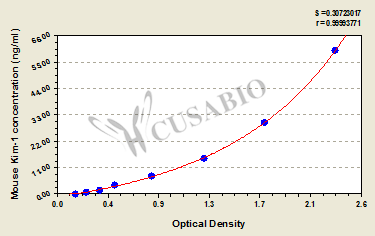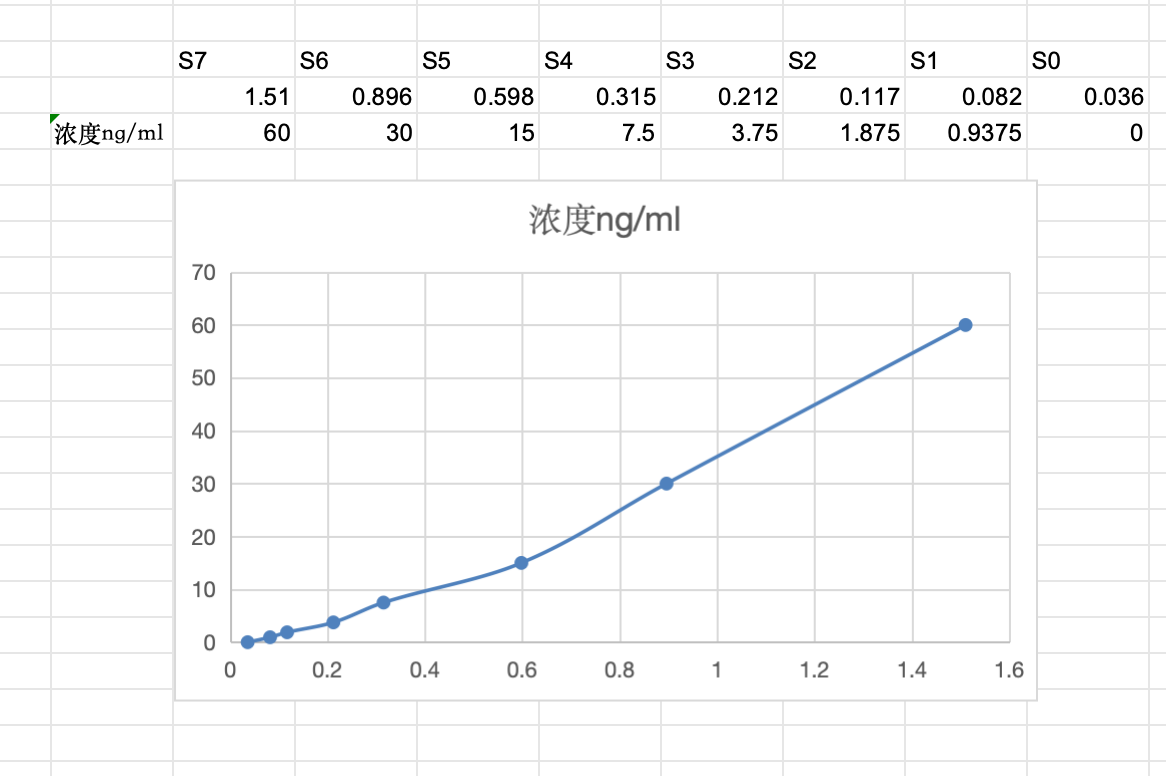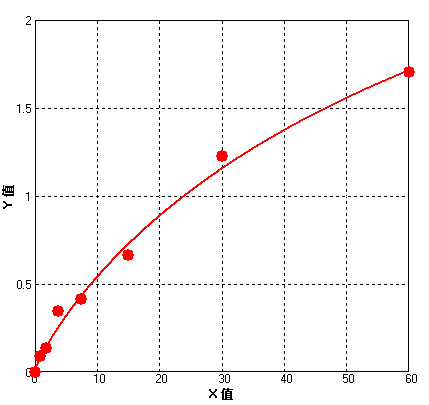CUSABIO's Kim-1 mouse ELISA kit is an in vitro enzyme-linked immunosorbent assay for the quantitative measurement of mouse Kim-1 in serum, plasma, tissue homogenates, or urine. This assay uses an antibody specific for mouse Kim-1 coated on a 96-well plate. Kim-1 present in a sample is bound to the wells by the immobilized antibody after adding the sample into the wells. Biotinylated Kim-1 antibody is added to the wells, forming an antibody-analyte-antibody complex. HRP-conjugated avidin is pipetted to the wells and binds to the complex. A TMB substrate solution is added to the wells and color develops in proportion to the amount of Kim-1 bound. The addition of Stop Solution changes the color from blue to yellow, and the intensity of the color is measured at 450 nm using a microplate reader.
Kim-1 (HAVCR1) is most highly upregulated in the proximal tubular epithelium in acute and chronic kidney injury. Kim-1 functions as a phosphatidylserine receptor that recognizes and internalizes apoptotic cells and also acts as a scavenger receptor that mediates the uptake of modified low-density lipoprotein and necrotic-cell debris. A large amount of Kim-1 protein is also released into the urine, making it a useful urinary biomarker for kidney injury. In the immune system, Kim-1 is also involved in activating the differentiation of Th1, Th2, and Th17. And Kim-1 is also considered as an activating receptor in B cells, dendritic cells, and natural killer T cells.








